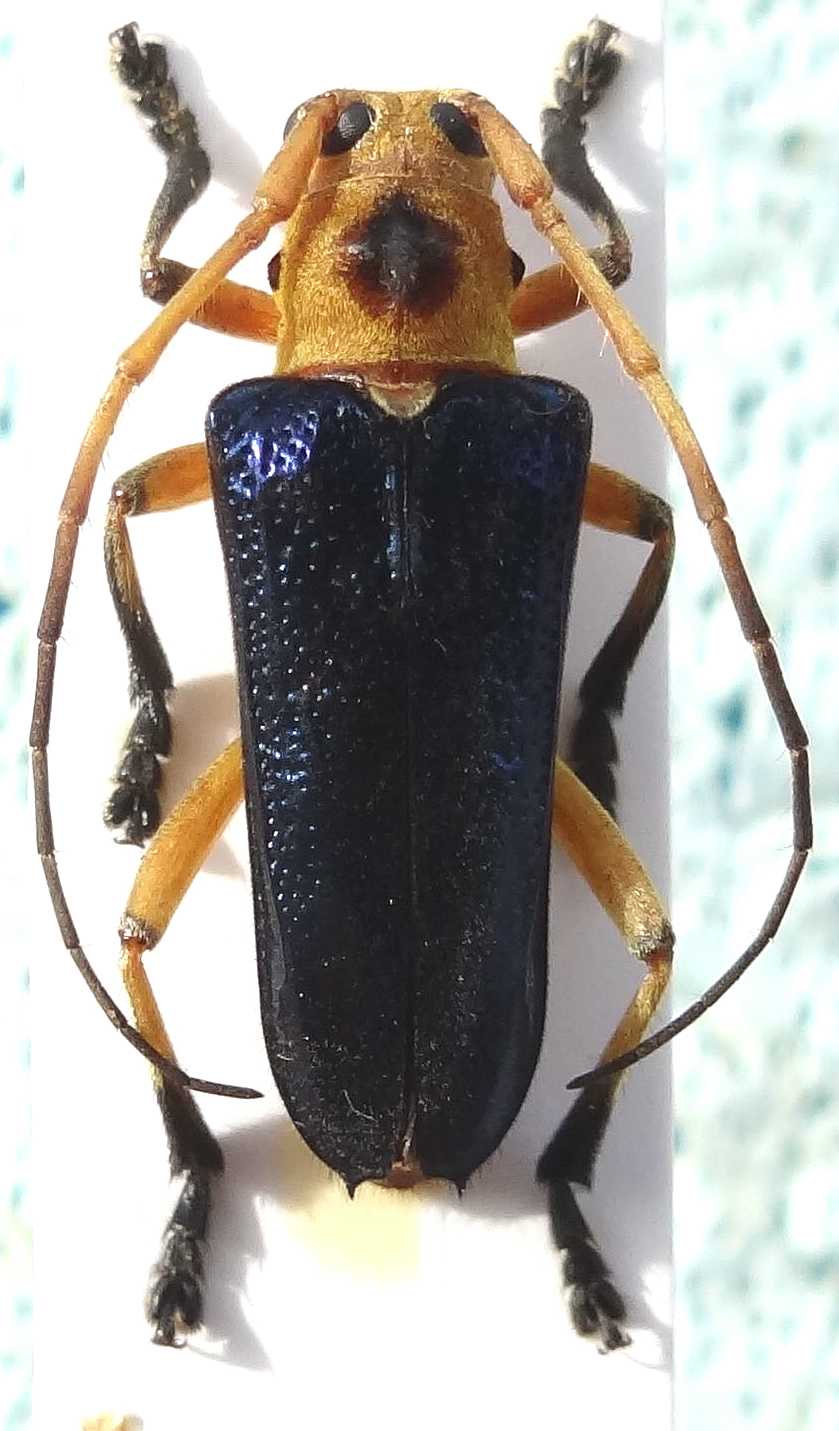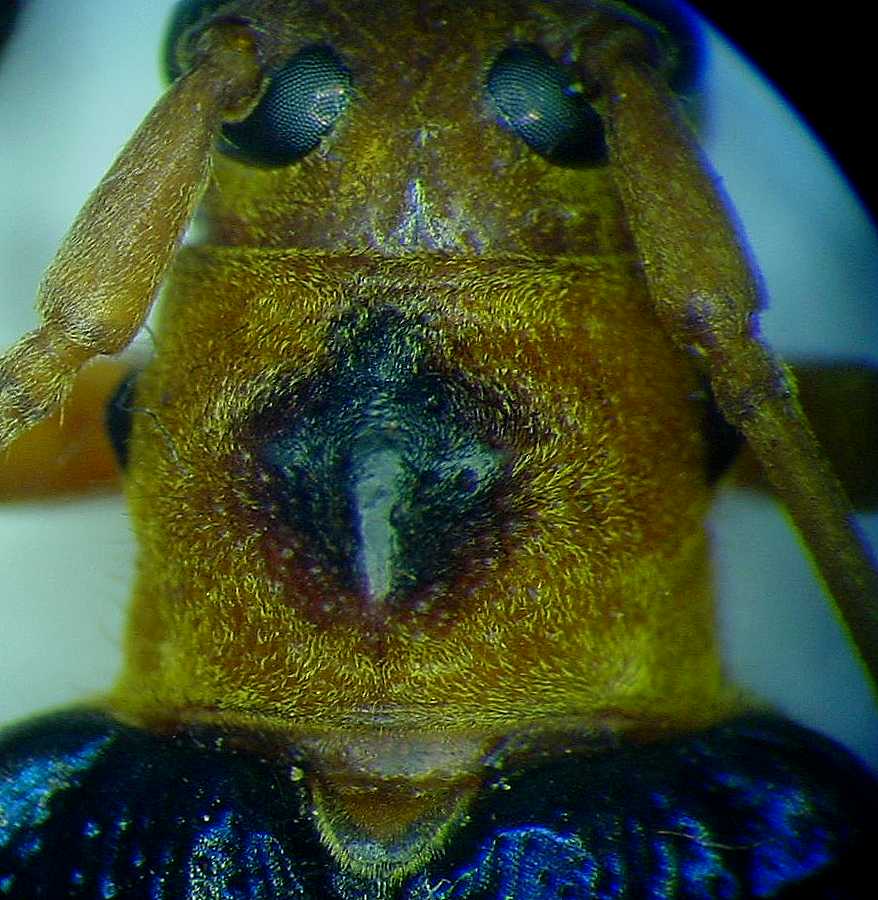| T O P I C R E V I E W |
| Andre |
Posted - 31/05/2015 : 08:56:00

111.23áKB
N Vietnam, Sapa Reg., Male, 19 mm. |
| 11 L A T E S T R E P L I E S (Newest First) |
| Xavier |
Posted - 13/01/2019 : 23:00:55
Ok, thanks. I have asked the paper to Eduard. |
| Francesco |
Posted - 13/01/2019 : 16:39:52
quote:
Originally posted by Xavier
What is the title of the publication ?
quote:
Originally posted by Andre
is there a PDF from this publication ?
Both are in ResearchGate here. |
| Andre |
Posted - 13/01/2019 : 11:46:45
is there a PDF from this publication ? |
| Xavier |
Posted - 13/01/2019 : 08:55:31
quote:
Originally posted by Xaurus
Glenida izabelae Vives, 2018
What is the title of the publication ? |
| Xaurus |
Posted - 13/01/2019 : 01:40:04
now I found a female in my coll without the small apical elytral spines all other Feature fits well. |
| Xaurus |
Posted - 13/01/2019 : 01:26:24
Glenida izabelae Vives, 2018 |
| Xavier |
Posted - 20/09/2015 : 12:10:09
Yes. As you see, your specimen has larger and shorter spines on pronotum and no blackish scape, 2nd antennomere and apex of third. |
| Andre |
Posted - 20/09/2015 : 12:05:20
Hmmm...difficult to say  |
| Xavier |
Posted - 20/09/2015 : 11:38:19

1. Glenida nudiceps Holzschuh, 2013 from north-east Laos (my specimen)
2. Glenida nudiceps Holzschuh, 2013 Holotype
3. your specimen |
| Andre |
Posted - 20/09/2015 : 10:07:07

103.5áKB
Very near by Glenida nudiceps Holzschuh, 2013, only the black spot on the pronotum is different according to the description.
Might be a variation from Vietnam. I have two spec. with the same pronotum from the Lao Cai Prov./ N - Vietnam. |
| Xavier |
Posted - 31/05/2015 : 10:32:51
Saperdini, but I do not know which one; elytra toothed like Glenea, pronotum toothed like Glenida  |


